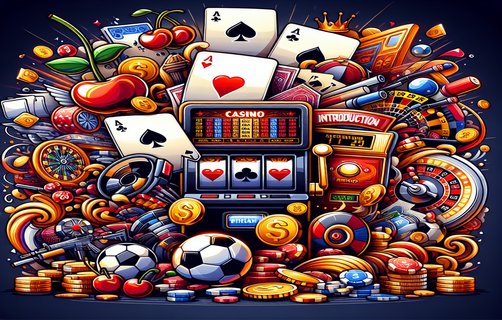The High-Stakes Gamble: Unraveling the Intricacies of Poker Strategy and Psychology
As the sun dipped below the horizon, casting long shadows across the dimly lit poker room, seasoned players settled into their seats, hearts racing, and minds sharp. The air buzzed with anticipation, and the clinking of chips filled the atmosphere as the first hand was dealt. In this world of risk and reward, a multitude of elements converged to create a thrilling tapestry of strategy and psychology, where every move could mean the difference between victory and defeat.
One critical aspect in the game was post-flop hand reading. After the community cards were revealed, each player had to decipher the evolving narratives their opponents were presenting. The skill lay in observing not just the cards but also the players’ reactions to them. With betting patterns as the primary indicators and changed expressions providing clues, expert players engaged in a delicate dance of intuition and logic. Each thought process resembled a live chess match; one wrong move could result in immediate peril.

But just as players began to feel confident in their assessments, the importance of independent audits arose. Behind the scenes, various regulatory bodies ensured that games were played fairly and transparently, which kept the integrity of the game intact. Trust in a casino's operations built confidence among players, further emphasizing the psychological aspects of real money gambling. Every wager made had a backing of credibility, reassuring players they weren’t merely throwing their money into a void.
As technology progressed, the concept of Twitch casinos emerged, where gaming had reached a spectator sport level. Players streamed their sessions live, showcasing their strategies while interacting with viewers. This revolutionized real money gambling, drawing in new audiences who enjoyed both entertainment and potential financial gain from the comforts of their homes. Here, new strategies bloomed, as competitors now had to wrestle not just with the individuals at their tables, but also with the opinions of countless onlookers.
In such a riveting environment, defensive play evolved as a cornerstone strategy. Understanding when to protect one’s stack rather than pushing forward in reckless abandon was vital for longevity in the game. Players found strength in patience, letting others expose their weaknesses while crafting a solid foundation for their own strategies. This prudence mirrored the broader life lesson of choosing restraint over impulse—a critical thought echoed throughout the nuances of gambling.
Yet, perhaps the most fascinating dimension of this nightly ballet was the mind games at play. Each participant attempted to outwit the other, feigning strength while concealing vulnerabilities. Rivalries formed over the tables, seasoned with tension and humor, exposing the player behind the poker face. It was during these moments that the ability to spot poker tells came into play. Subtle gestures—a twitch of the eye, a rapid blink—offered insights into an opponent's confidence or despair. Each gathering of such clues helped build an intricate map of decisions, where understanding human psychology was as crucial as understanding probabilities.

As the night wore on and the chips changed hands, the intricacies of poker became evident: it was not only a game of chance, but a saga of calculated risks, mental might, and emotional interplay. Players emerged not just as competitors, but as gladiators in an arena where every decision was laden with consequence, each bluff a story yet to be told. Together, they navigated this world with grace, strategy, and a profound understanding that here, fortune favored the well-prepared mind.
